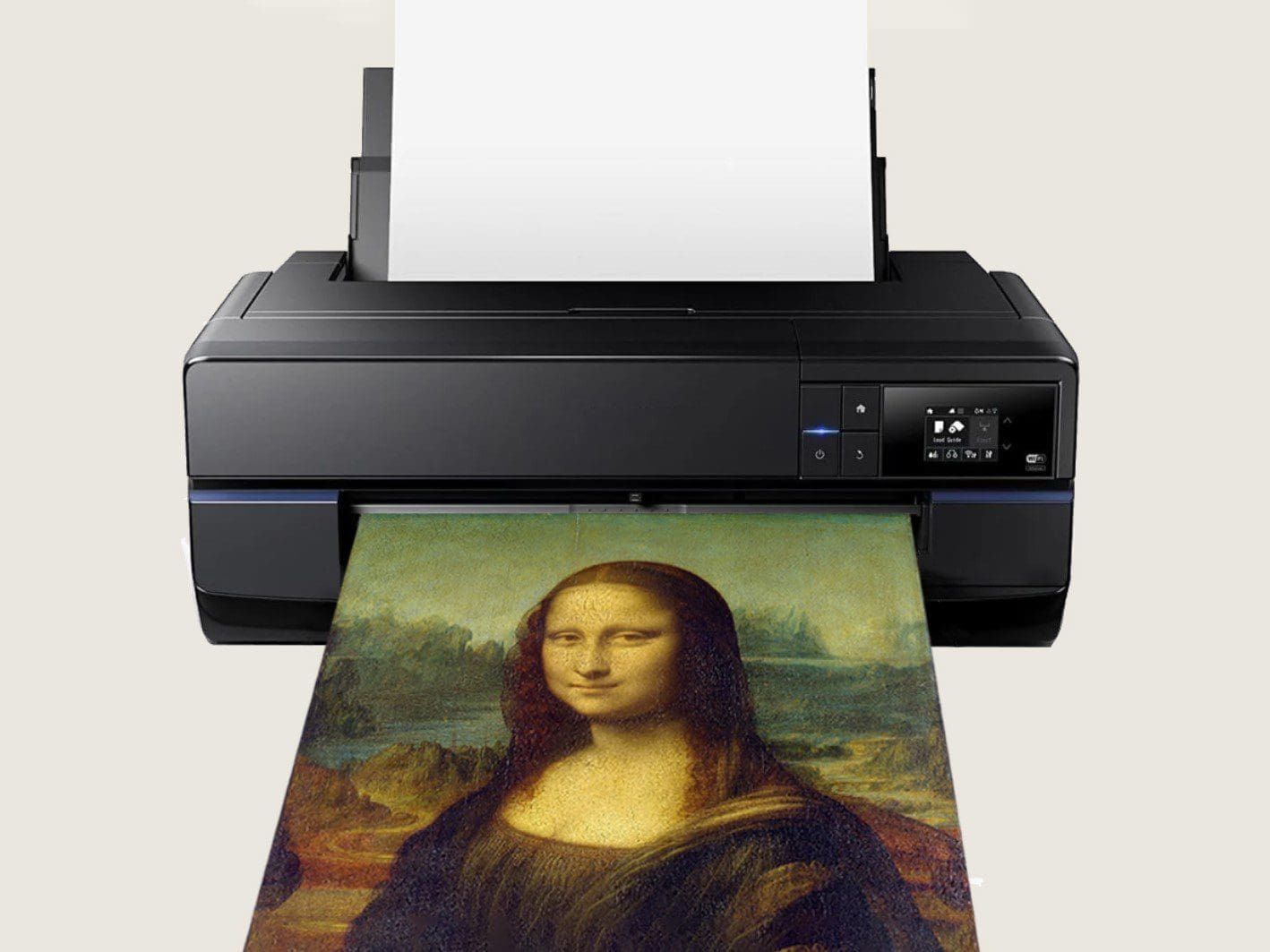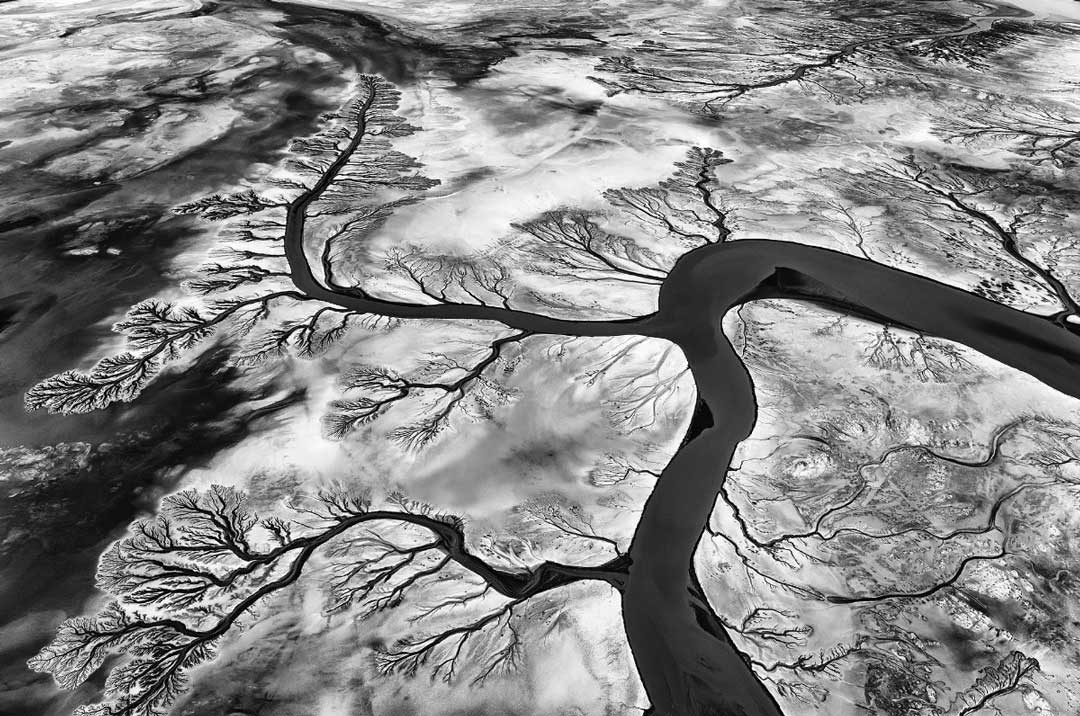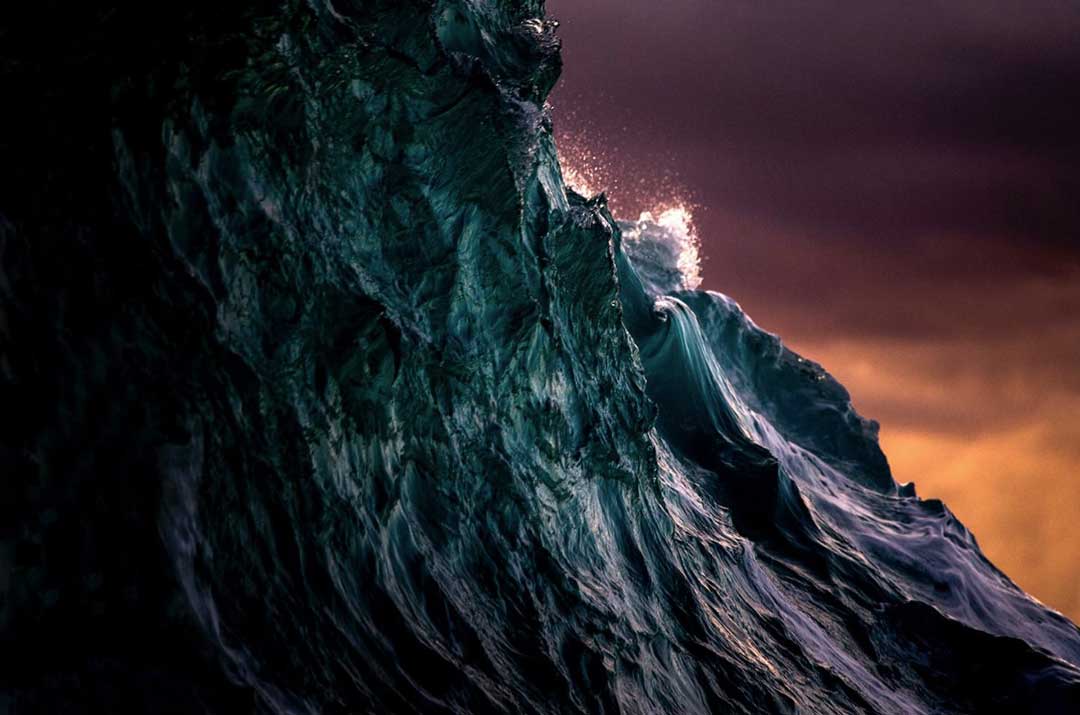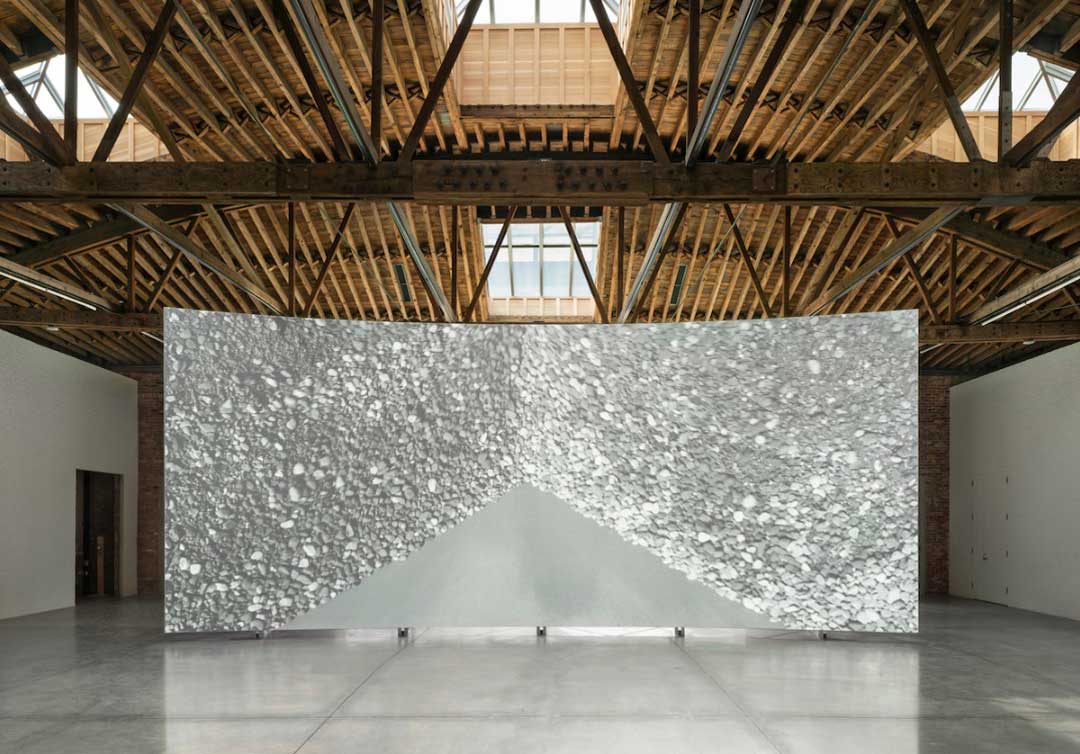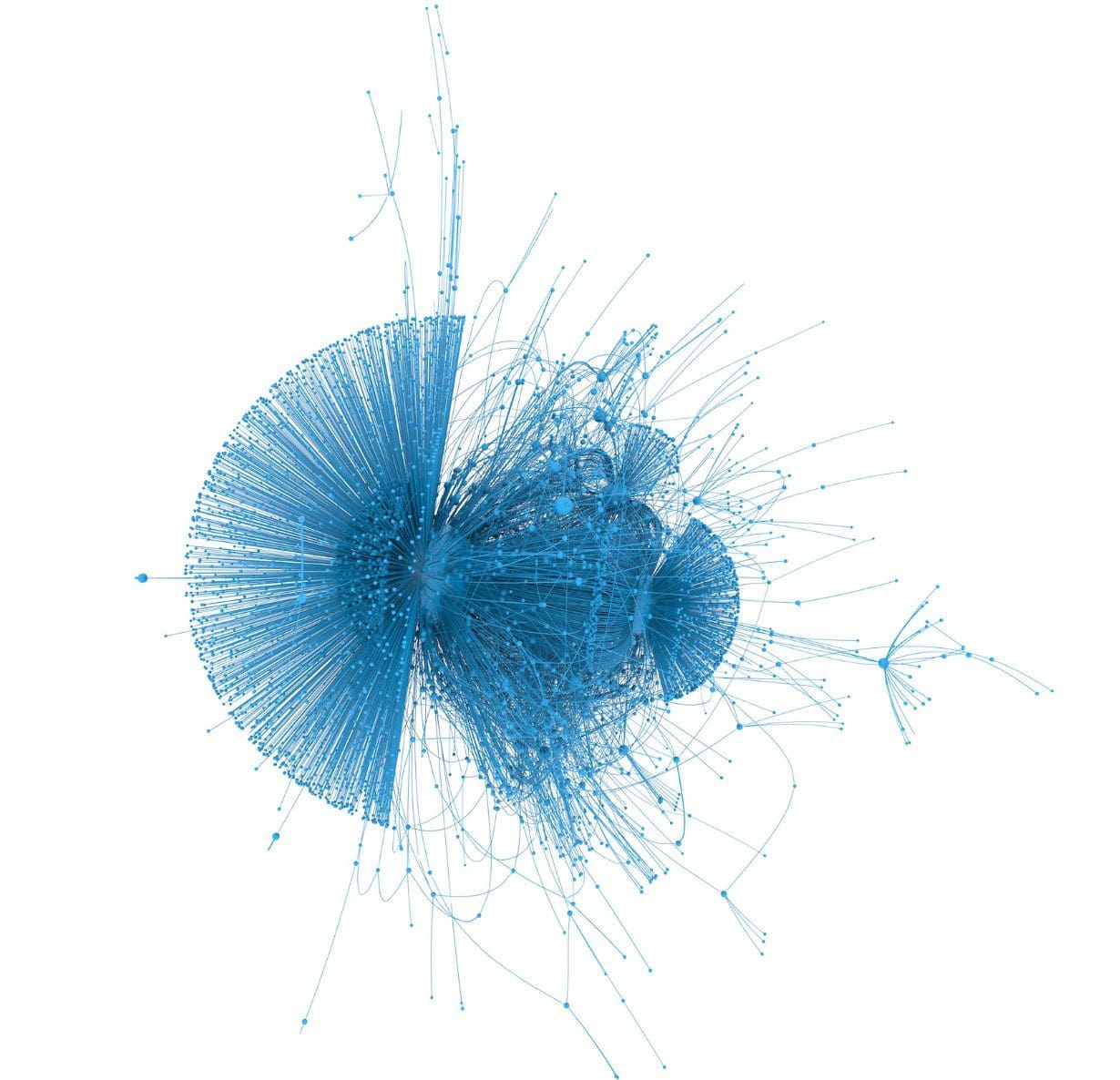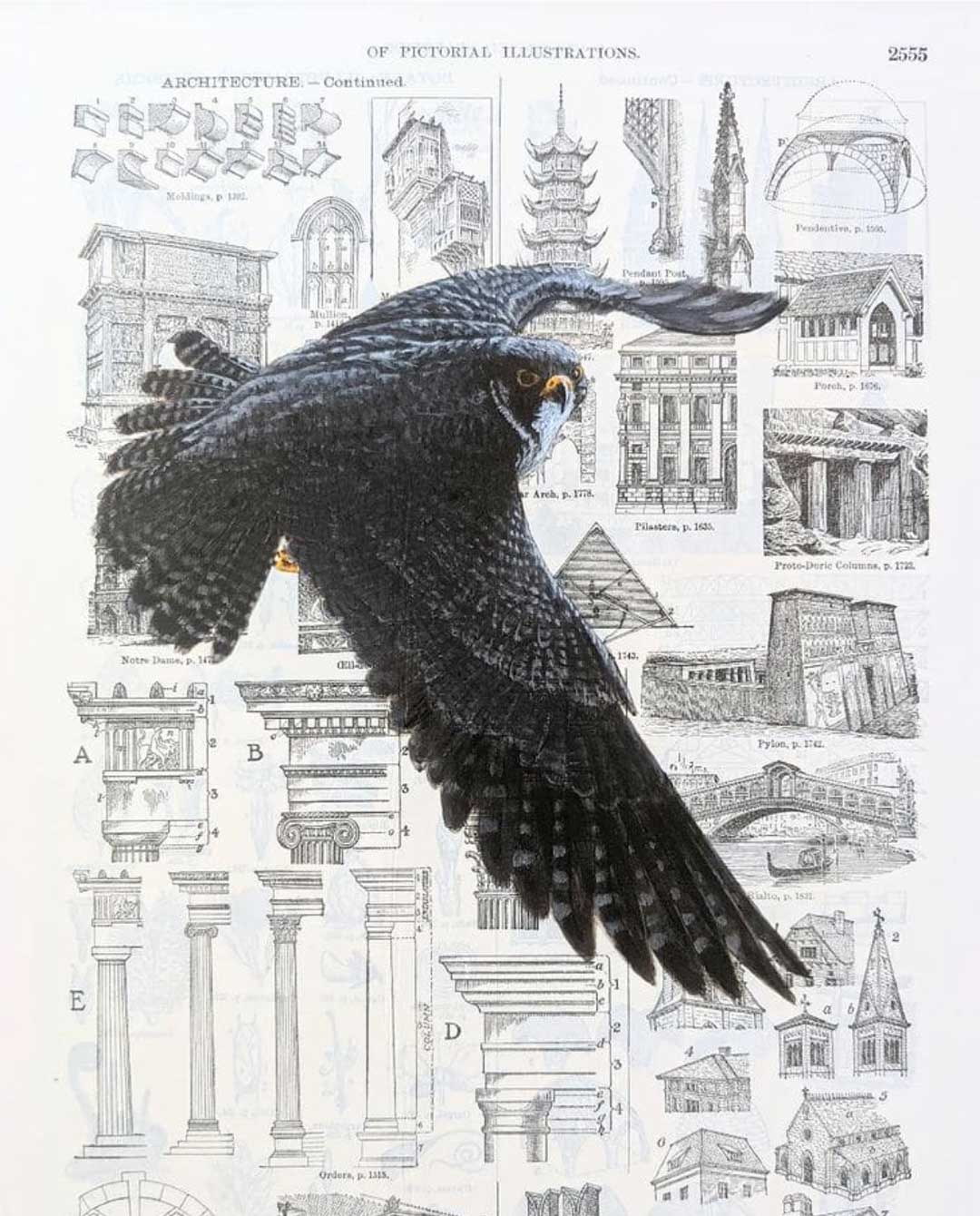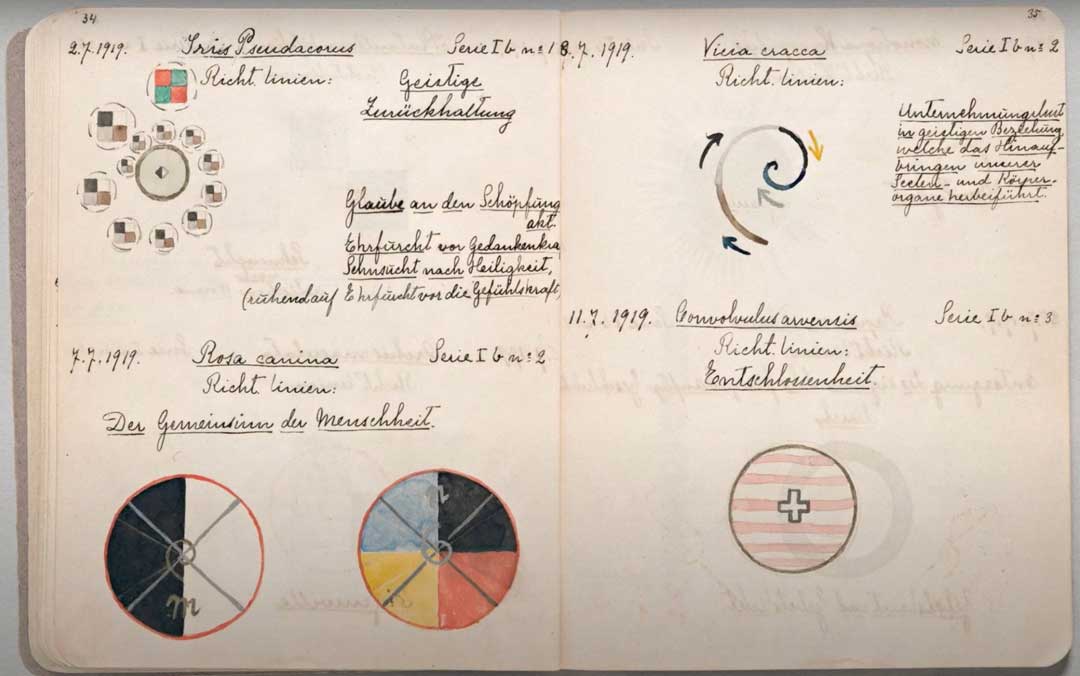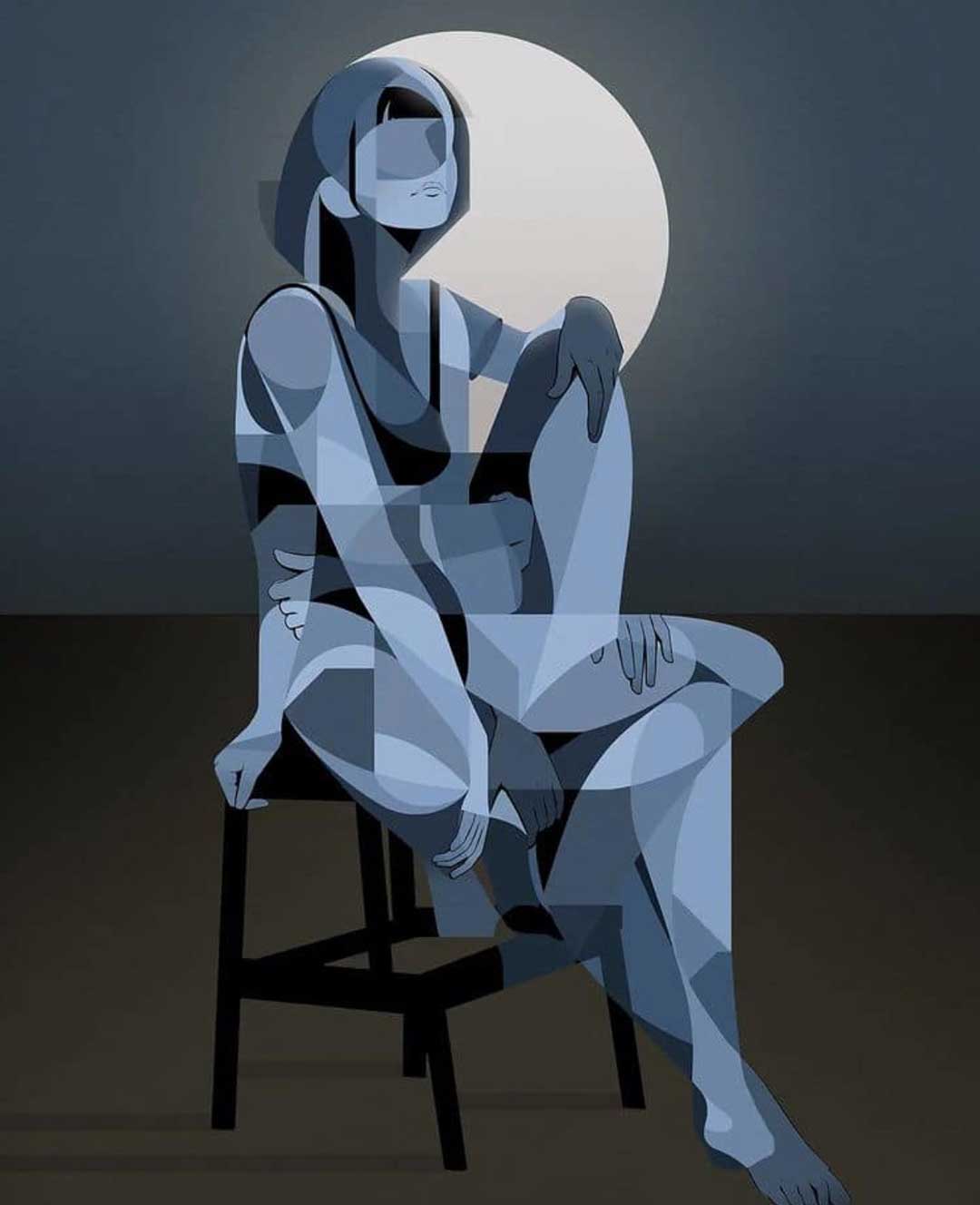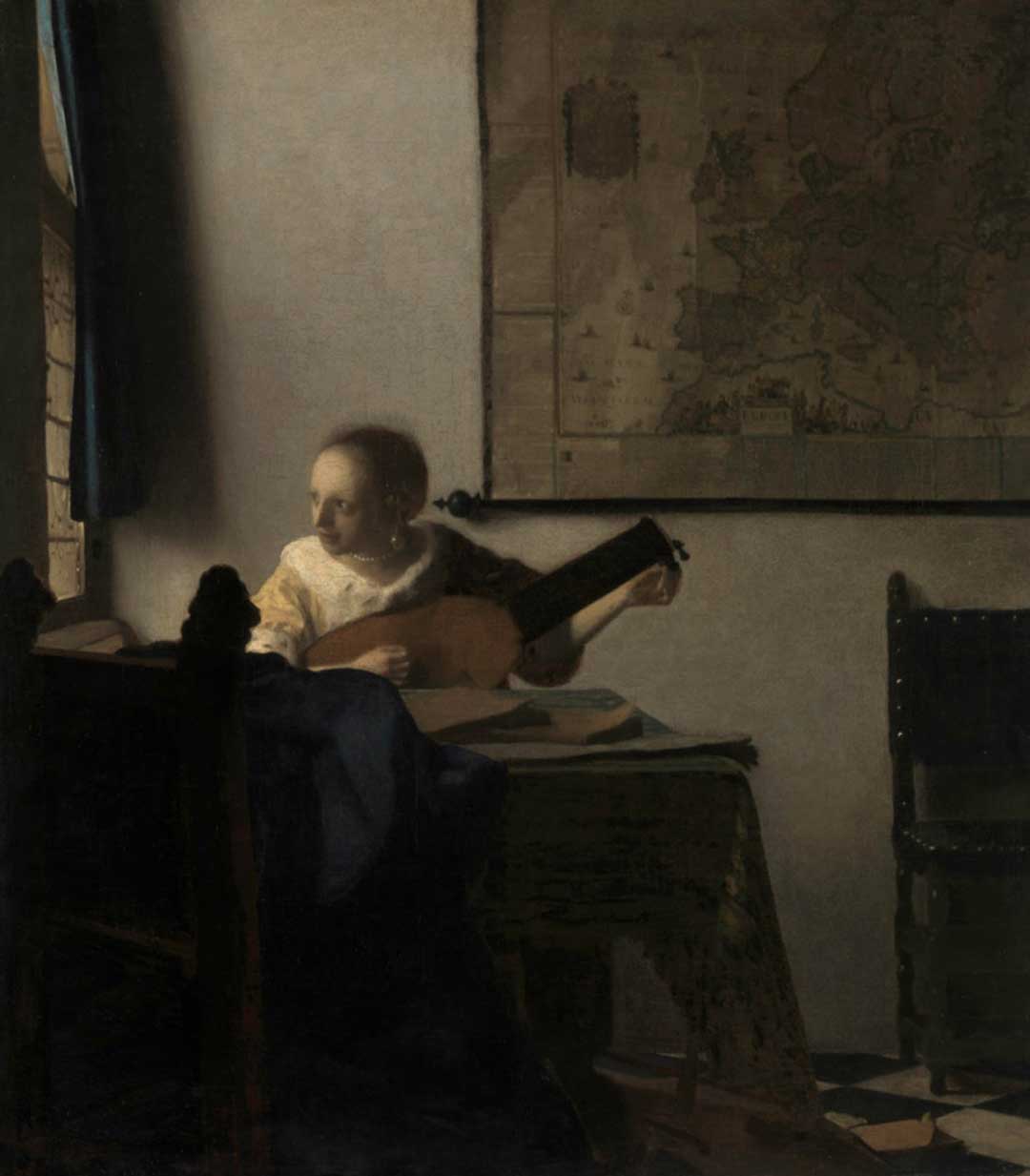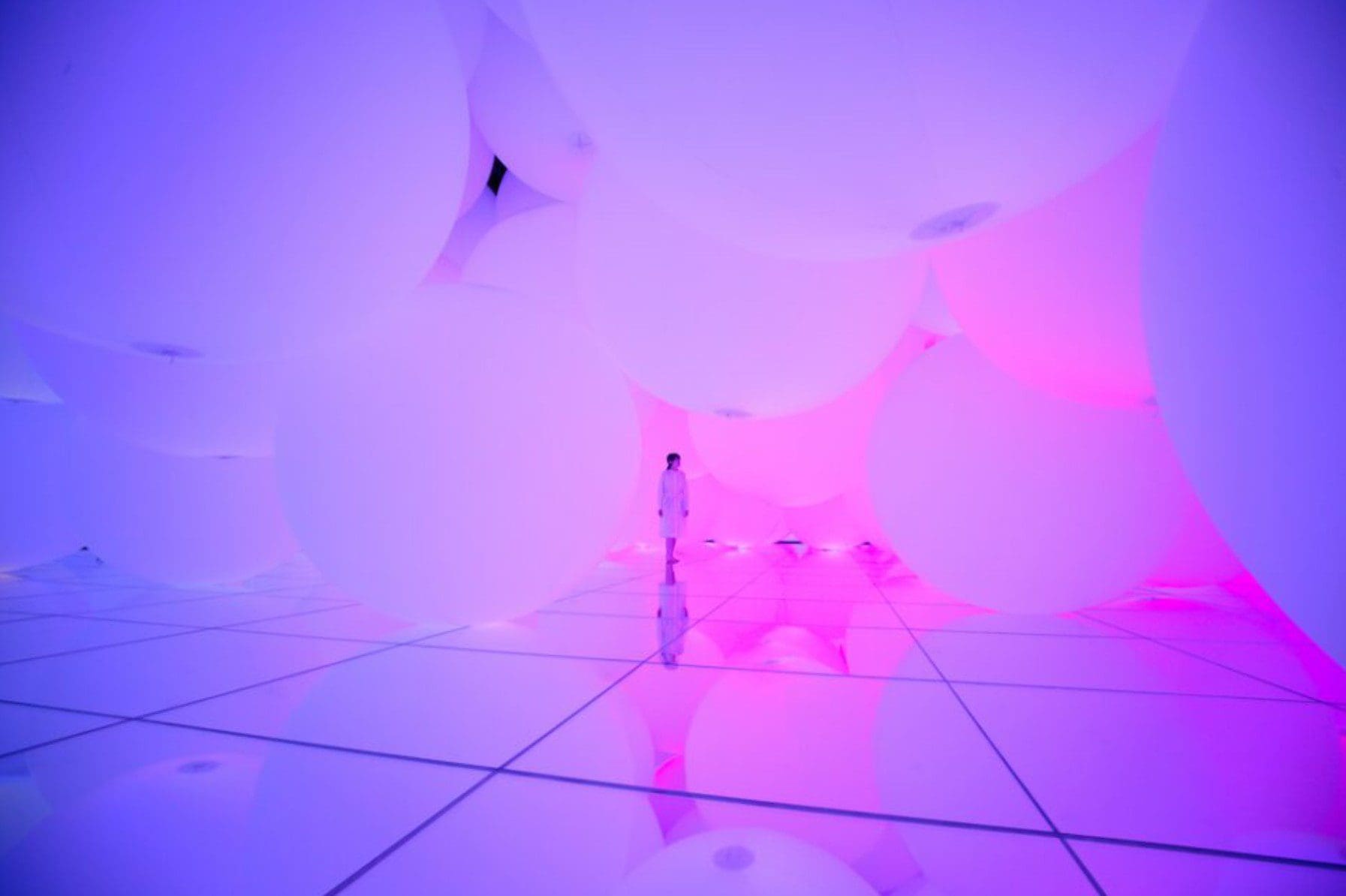If you are in the business of selling fake art online, this is truly a golden age.
It’s especially true if you are selling images attributed to famous artists such as Andy Warhol, Keith Haring, or Jean-Michel Basquiat, because in 2012, both the Basquiat Estate and the Keith Haring Foundation stopped authenticating works. To make matters more complicated, the Andy Warhol Foundation’s long-standing policy, according to a spokesperson, is that it “[does not] offer opinions on works of art purported to be by Andy Warhol.”

